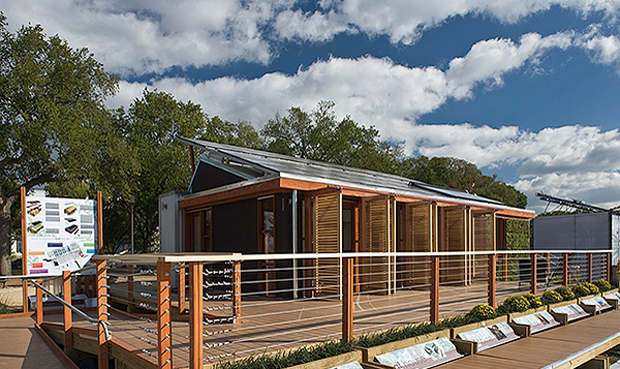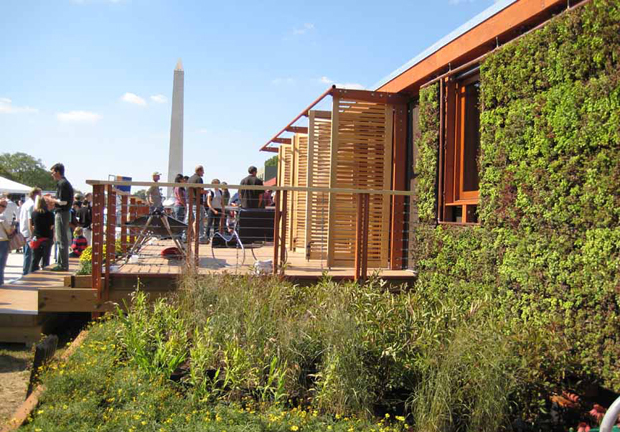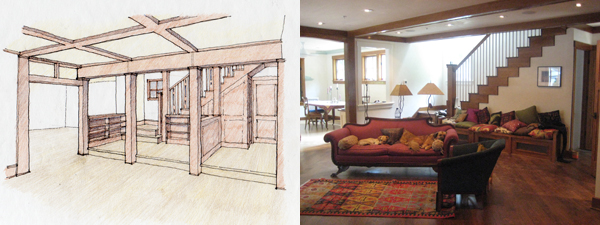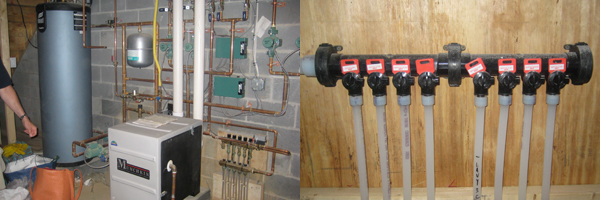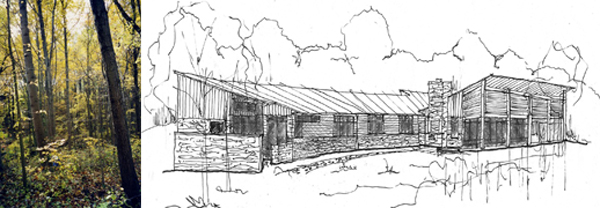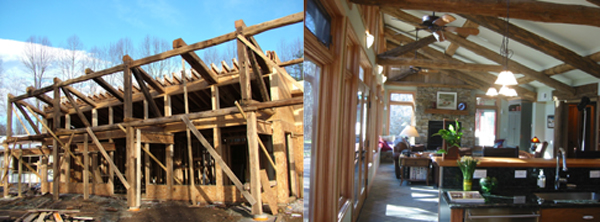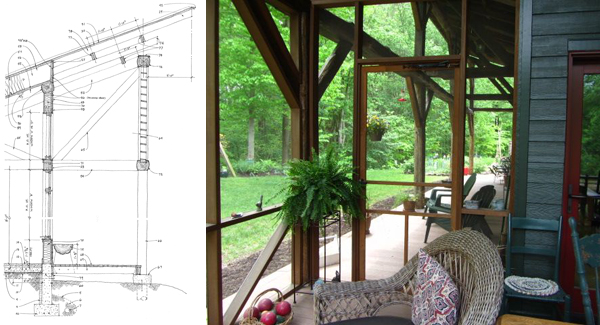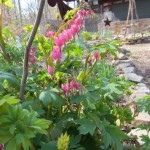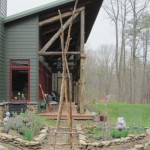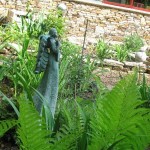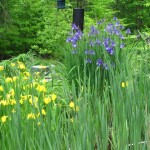LEAFHouse, the University of Maryland’s 2007 Solar Decathlon project, touched hundreds of lives. Over 200 students were involved with the two-year effort, as well as dozens of industry experts and professional tradespeople. Julie Gabrielli was one of three faculty advisors, designing curriculum to guide the students through the process of collaborative, interdisciplinary design; giving feedback on the design; and contributing to the communications package.
The LEAF in the name stands for Leading Everyone to an Abundant Future, and also speaks of the inspiration the team drew from the leaf as nature’s solar collector. The team finished second overall in stiff competition, first in the U.S. LEAFHouse now has a permanent home on the College Park campus, as the headquarters of the Potomac Valley AIA, and is sometimes open for tours.
An abundance of details about the house design, the team, the process, and the Solar Decathlon contests, can be seen on the official website.
